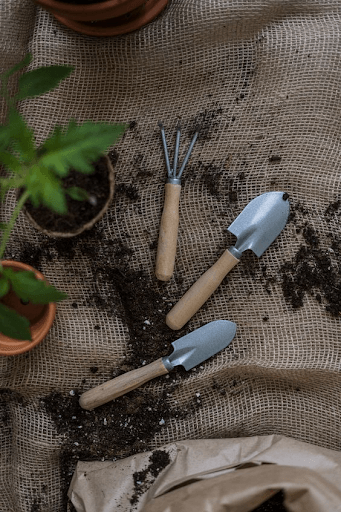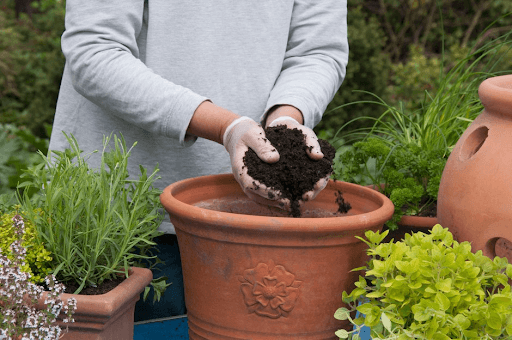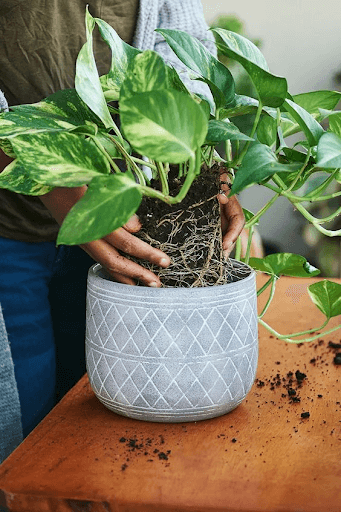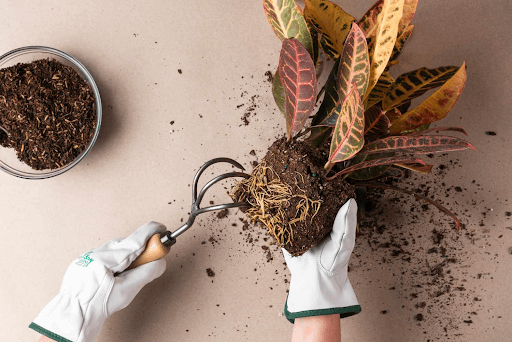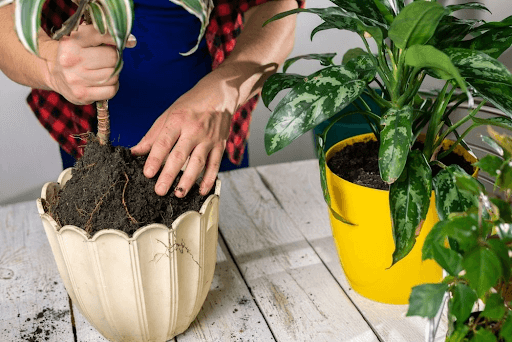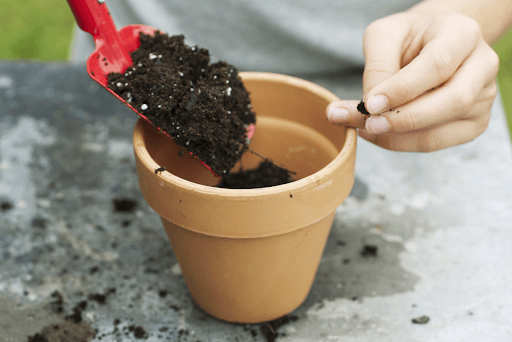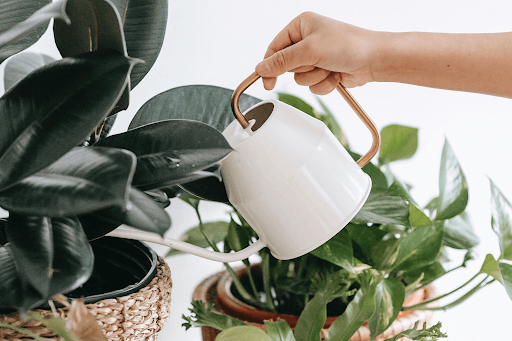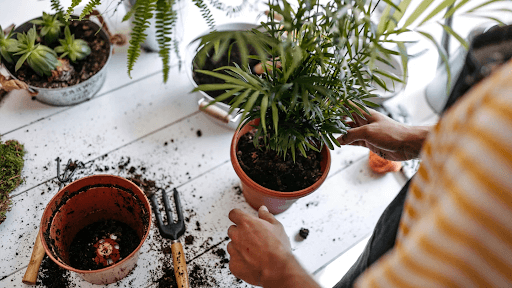Step 1: Choose the Right Time
Time is a crucial factor while repotting a plant. The ideal time would be when the plant isn't actively growing. Early spring is a perfect time to repot a plant. However, if you notice discomfort, such as wilting or growth constrained by the roots, you can repot as soon as possible. Occasionally, the plant's roots can push it out of the container, indicating that it needs more space. Other clues include plants that dry out earlier than usual between waterings or whose growth has slowed. Lastly, the size of the plant may indicate when to repot.




